|
0 Comments
Via the metaphor of a knee injury
As a trauma therapist in Oakland and Berkeley, California, I work with a lot of clients who feel far more than their fair share of discomfort. And going to therapy is about soothing that discomfort and walking out the door feeling amazing, right? Well... Because moving your body is good for your mental health! and because not everyone wants to exercise with thin white cis women...Here are other options for exercise classes and communities:
When gardening, the top of the weed seems most troublesome, but we know that just plucking the flower only has temporary results...
Many trauma suffers struggle to trust themselves. Learning to trust one's intuition is often a sign of healing...
Is there a secret to having more productive conversations with family and friends about hot button issues?
Marshall Rosenberg, the creator of Nonviolent Communication (NVC), identified a set of universal human needs that he believed underlie our feelings and behaviors. These needs are considered fundamental and shared by all people across cultures. In the framework of Nonviolent Communication, these needs serve as a basis for understanding and resolving conflicts.
Do you notice your sexual desire need more warm up time or context once you're in a long-term relationship? Do you need little to no context to experience sexual desire? Great news-- you're normal!
A superbill is a detailed receipt you can submit to your insurance provider to seek reimbursement. You pay your therapist directly and are reimbursed a portion by your insurance later. But how are insurance companies actually calculating what you will get back?
As a therapist in Oakland, CA, a consistent goal of both individual and couples therapy is increasing the ability to be introspective and to generally encourage introspection in understanding how you make choices and how you experience yourself in relationships. How important is learning the skill of introspection in therapy?
|
AuthorStephanie Bain, LMFT Archives
April 2024
Categories
All
***Resources are not a substitute for therapy and are not intended for making diagnoses or providing treatment. Not all practices and tools are suitable for every person. Please discuss exercises, practices, and tools with your individual therapist or health care provider.
|
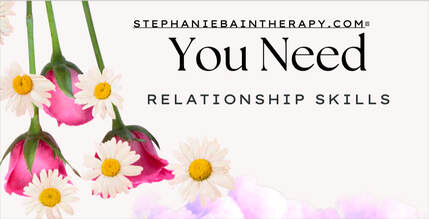
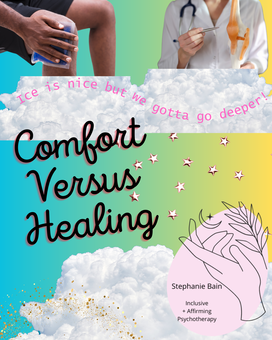
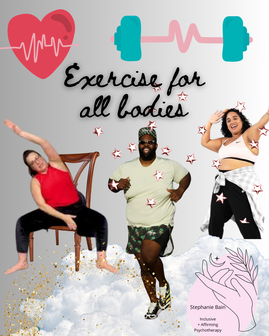
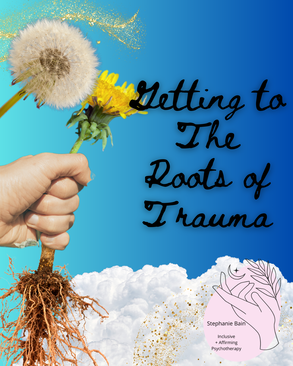
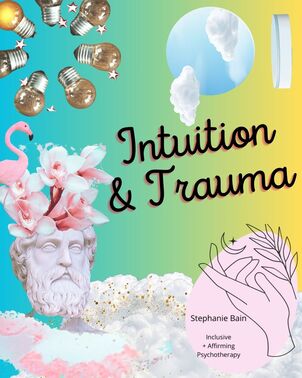
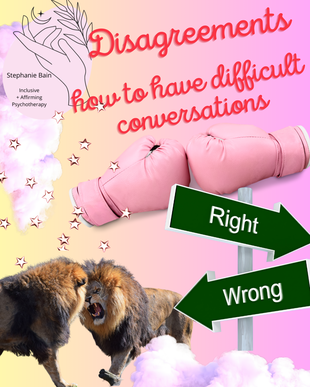
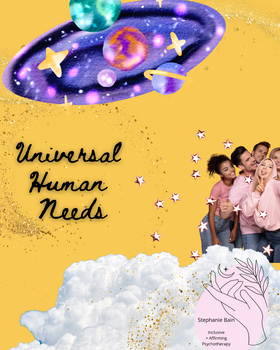


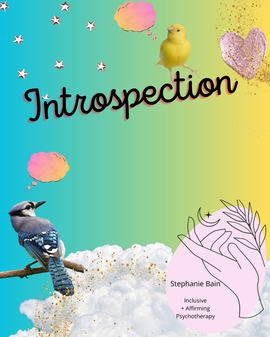

 RSS Feed
RSS Feed